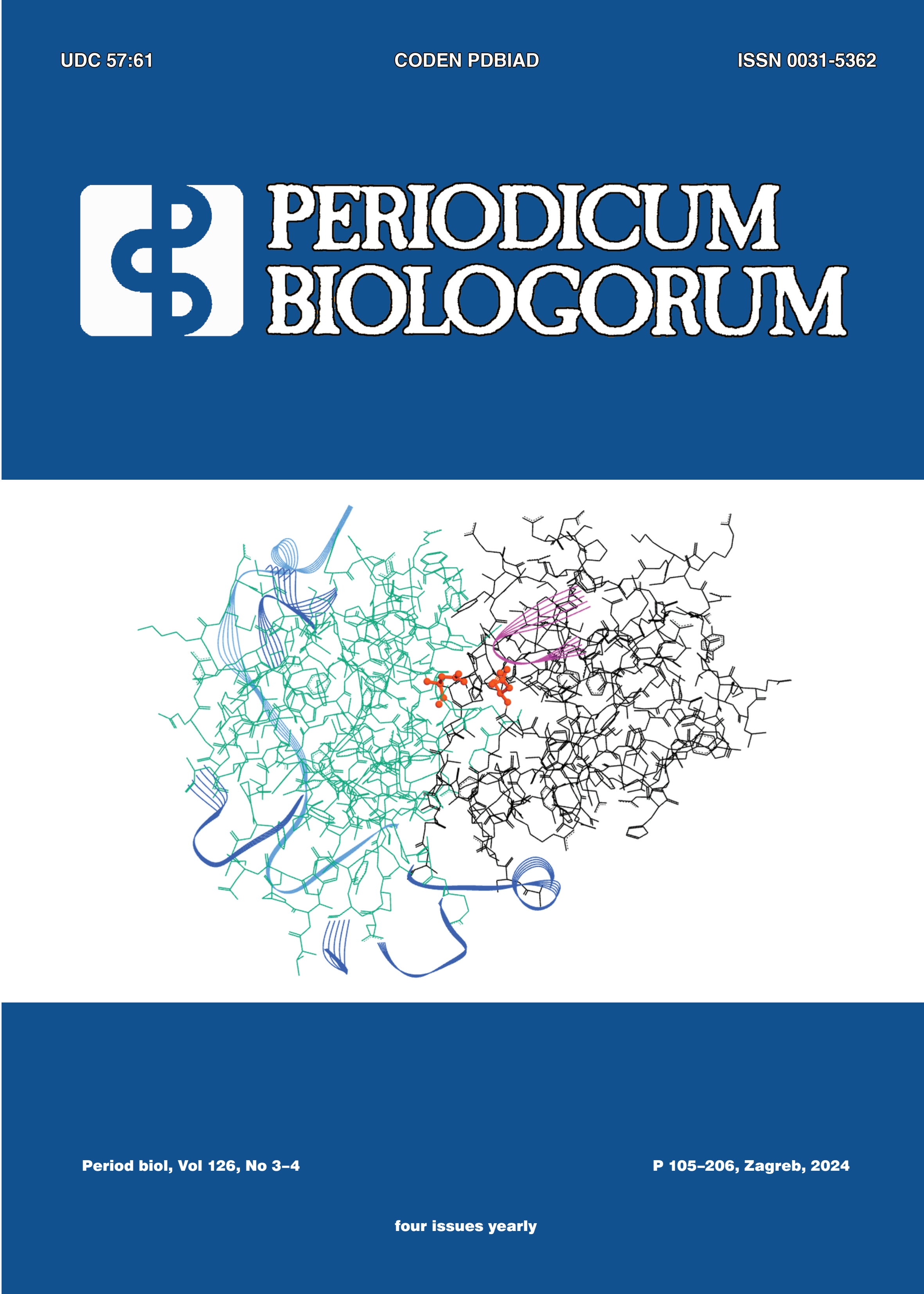Targeting ovarian cancer using high-dose vitamin C therapy
DOI:
https://doi.org/10.18054/pb.v126i3-4.35608Abstract
Ovarian cancer is one of the most common and deadliest tumors among women. Despite recent clinical advances, the combination of platinum-based chemotherapy and surgery remains the first-line therapeutic option. Due to frequent detection at an advanced stage and development of therapy resistance, the disease prognosis is often poor, and mortality rates remain high. Therefore, it is necessary to investigate new therapeutic approaches that would contribute to increased survival and higher life quality of ovarian cancer patients. One of these approaches is the use of the pro-oxidant effect of certain drugs that can disrupt the redox balance in tumor cells and lead to their death. Vitamin C (ascorbic acid or ascorbate) used in high concentrations suppresses cancer cell growth and metastasis. There are several mechanisms by which vitamin C exerts its antitumor function including pro-oxidant activity, epigenetic reprogramming and tumor environment oxygen sensing. The potential use of vitamin C in combinatorial therapies (as a support to standard therapies) should be reconsidered through more detailed mechanistic and clinical studies. Finding new therapeutic approaches would augment the available mechanisms in the fight against cancer leading to the increase in patient welfare and overall survival of cancer patients.
Downloads
Published
Issue
Section
License
The contents of PERIODICUM BIOLOGORUM may be reproduced without permission provided that credit is given to the journal. It is the author’s responsibility to obtain permission to reproduce illustrations, tables, etc. from other publications.


